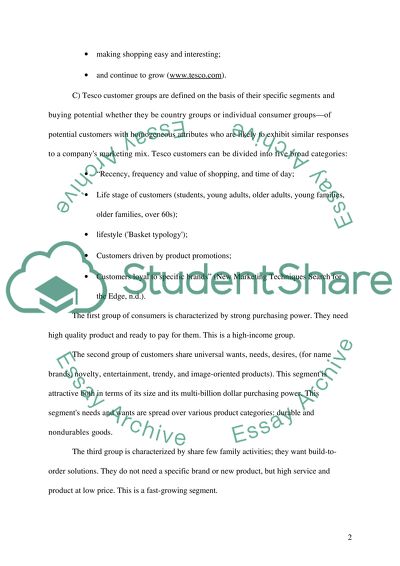Cite this document
(Tesco Marketing Plan Case Study Example | Topics and Well Written Essays - 2500 words, n.d.)
Tesco Marketing Plan Case Study Example | Topics and Well Written Essays - 2500 words. Retrieved from https://studentshare.org/marketing/1524182-tesco-marketing-plan
Tesco Marketing Plan Case Study Example | Topics and Well Written Essays - 2500 words. Retrieved from https://studentshare.org/marketing/1524182-tesco-marketing-plan
(Tesco Marketing Plan Case Study Example | Topics and Well Written Essays - 2500 Words)
Tesco Marketing Plan Case Study Example | Topics and Well Written Essays - 2500 Words. https://studentshare.org/marketing/1524182-tesco-marketing-plan.
Tesco Marketing Plan Case Study Example | Topics and Well Written Essays - 2500 Words. https://studentshare.org/marketing/1524182-tesco-marketing-plan.
“Tesco Marketing Plan Case Study Example | Topics and Well Written Essays - 2500 Words”, n.d. https://studentshare.org/marketing/1524182-tesco-marketing-plan.


